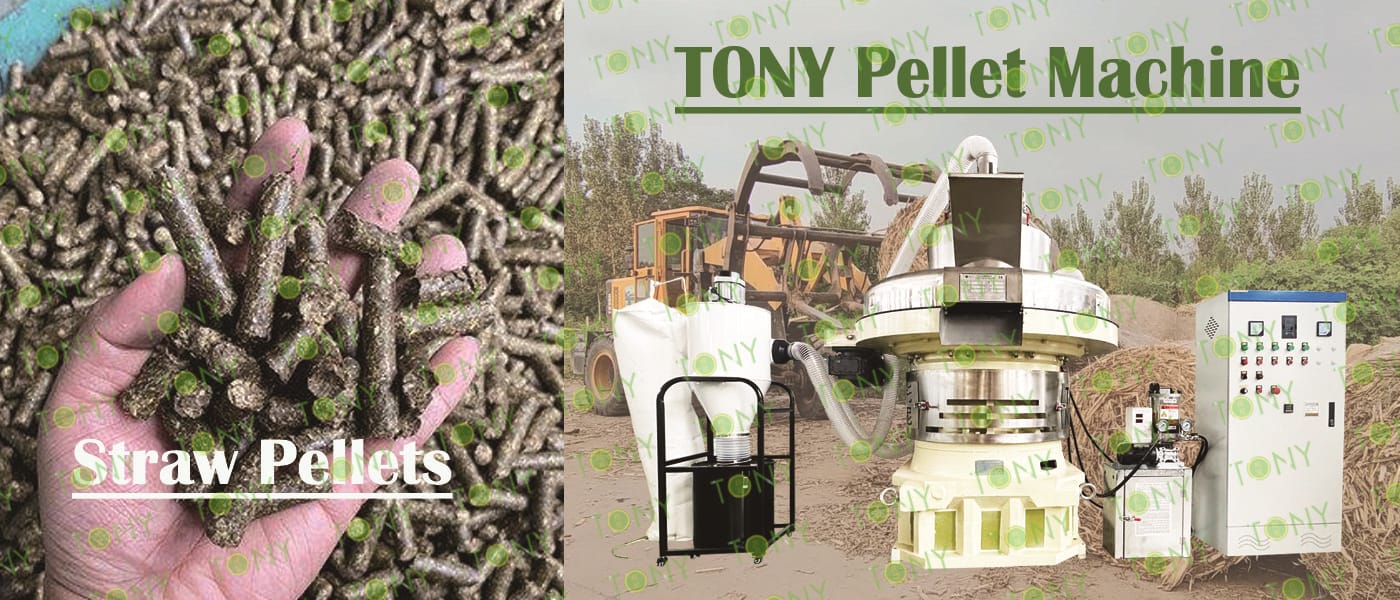Agricultural product residues, forestry and wood processing waste are all biomass raw materials. These raw materials are reasonably developed and utilized by pellet machine, and can generate electricity, heat, and produce biomass fuel that can replace fossil energy. Biomass energy has important strategic significance and economic benefits. Rich straw resources have laid an adequate raw material foundation for the development of biomass energy.
1.Helping the development of enterprises
Open up new business areas and profit channels: Enterprises can use straw pellet machine to process waste straw into pellet fuel or feed for sale. For example, provide pellet fuel or feed for boiler plants, farms, etc.
Improve the corporate image: Using straw pellet machine for production reflects the company's environmental awareness and social responsibility, helps to enhance the company's image in the public's mind, enhances the company's brand value and competitiveness, and is conducive to the company's attracting customers, partners and outstanding talents.

2.Promote environmental protection
Reduce straw burning pollution: Open-air burning of crop straw has aggravated air pollution. The application of straw pellet machine effectively avoids straw burning, reduces the emission of pollutants such as carbon dioxide and sulfur dioxide, and improves the quality of the atmospheric environment.
Reduce soil pollution: Avoid the pollution caused by the random discarding or rotting of straw in the fields to the soil, which is conducive to protecting the soil ecological environment and maintaining soil fertility and structural stability.
Save fossil energy: straw pellet fuel can replace traditional coal and is used in boiler heating, industrial fuel, power stations and other fields. Partially it can be replaced by biomass pellet fuel, which helps reduce dependence on fossil energy and achieve sustainable energy development.
Realize resource recycling: The straw pellet machine converts originally discarded straw into valuable products, realizing the reuse of resources. The burned ash can also be returned to the land as organic potassium fertilizer, forming a virtuous cycle, improving resource utilization efficiency and reducing resource waste.
As a type of biomass energy, straw pellets have been actively promoted and applied with their advantages such as high energy density, clean and low carbon, renewable and broad resource base, and have made important contributions to ensuring energy security, responding to climate change, protecting the environment, and promoting agricultural development.





















